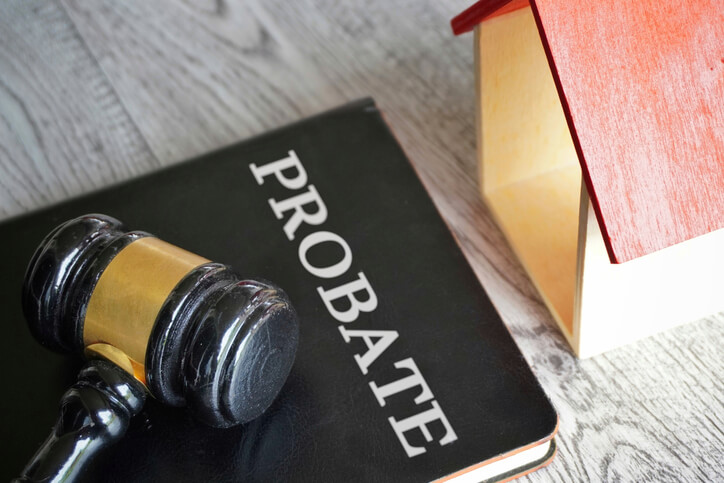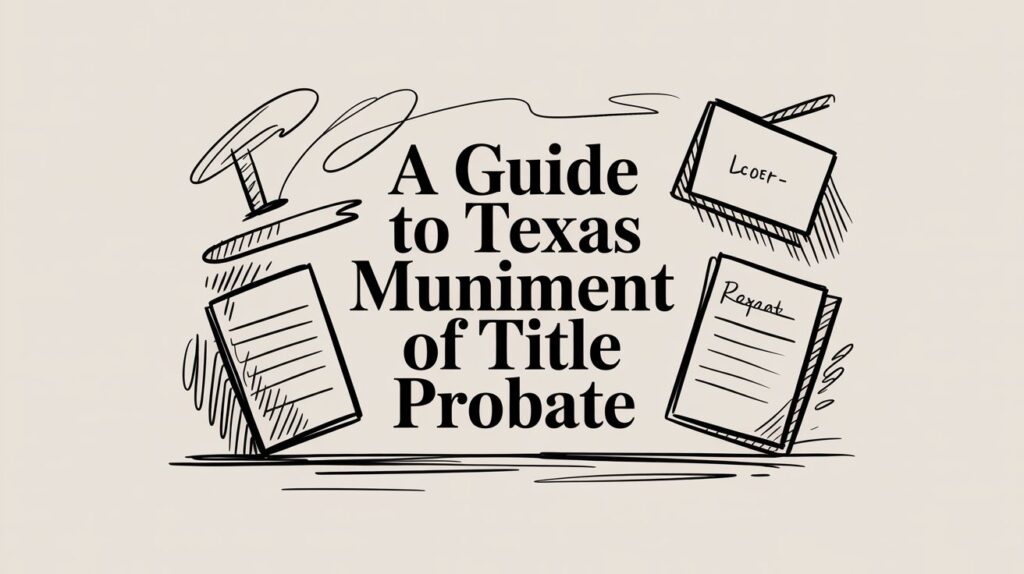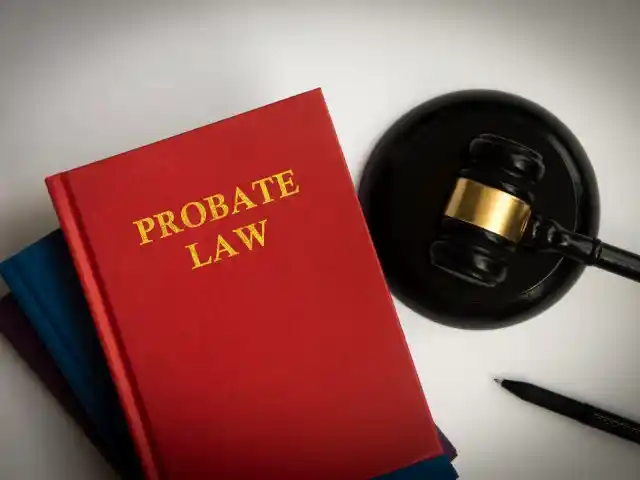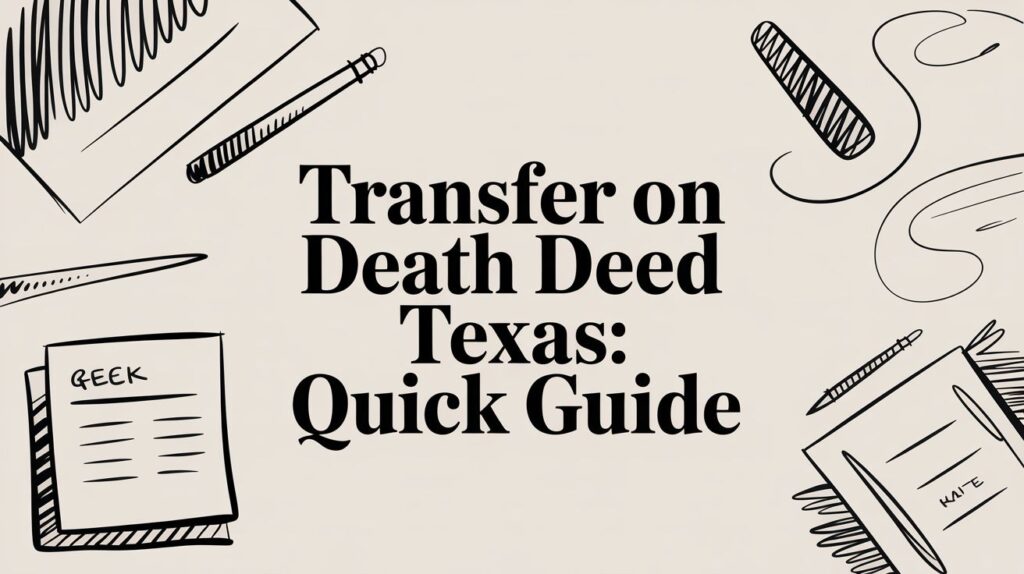The complexities of probate law can be daunting, especially when it involves joint ownership of property. Understanding the nuances of how jointly owned property is handled under Texas probate law is essential for estate planning and for those tasked with managing an estate after a loved one’s death. This article will guide you through the intricacies of joint ownership, including different types of joint property, how these assets are treated during probate, and strategies for effective estate planning.
Understanding Joint Ownership in Texas
Joint ownership of property occurs when two or more individuals hold title to the same property. In Texas, there are several forms of joint ownership, each with unique implications for probate.
Types of Joint Ownership
- Joint Tenancy with Right of Survivorship (JTWROS): This form of joint ownership ensures that when one owner dies, their interest in the property automatically passes to the surviving owner(s). This process bypasses probate entirely.
- Tenancy in Common: In this arrangement, each owner holds an individual, undivided interest in the property. When one owner dies, their share of the property becomes part of their estate and is subject to probate.
- Community Property with Right of Survivorship: Unique to Texas and a few other states, this form of ownership allows married couples to hold property in a way that passes directly to the surviving spouse upon death, avoiding probate.
Probate and Jointly Owned Property
The way jointly owned property is handled during probate depends largely on the form of ownership.

Joint Tenancy with Right of Survivorship
For properties held as JTWROS, the probate process is straightforward. Upon the death of one joint tenant, their interest in the property automatically transfers to the surviving tenant(s) without the need for probate. This transfer occurs outside the decedent’s estate, streamlining the process and reducing the administrative burden.
Tenancy in Common
Properties held as tenancy in common require a more complex approach. The deceased owner’s share of the property becomes part of their estate and must go through probate. This can lead to potential complications, especially if the heirs cannot agree on the management or disposition of the property. According to Texas intestacy laws, the probate court will oversee the distribution according to the decedent’s will or, if there is no will.
Community Property with Right of Survivorship
For married couples who own property as community property with the right of survivorship, the transfer process is similar to JTWROS. Upon the death of one spouse, the property passes directly to the surviving spouse, bypassing probate. This can significantly simplify the estate settlement process.
The Probate Process in Texas
Understanding the probate process is crucial for effectively managing joint ownership properties. Here is a step-by-step guide to navigating probate in Texas.
Step 1: Filing the Application
The probate process begins with filing an application with the probate court in the county where the deceased resided. This application can be for either probate of a will or administration of an estate without a will.
Step 2: Validating the Will
If the decedent left a will, the court will validate it to ensure its authenticity. This involves proving that the will was properly executed and that the decedent was of sound mind when it was created.
Step 3: Appointing an Executor or Administrator
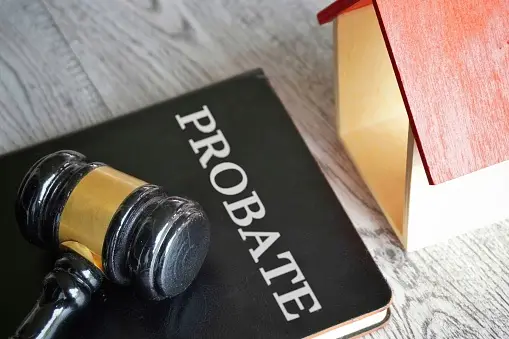
The court will appoint an executor (if named in the will) or an administrator (if there is no will) to manage the estate. This person is responsible for gathering assets, paying debts, and distributing property according to the will or intestacy laws.
Step 4: Inventory and Appraisal
The executor or administrator must compile a detailed inventory of the decedent’s assets and obtain appraisals to determine their value. This includes all jointly owned properties.
Step 5: Paying Debts and Taxes
Before distributing assets, the estate must settle any outstanding debts and taxes. This may involve selling some assets if the estate lacks sufficient liquid funds.
Step 6: Distributing Assets
Once debts and taxes are paid, the remaining assets can be distributed to the heirs or beneficiaries. For tenancy in common properties, this might involve negotiating with co-owners or selling the property and dividing the proceeds.
Real-Life Scenarios
Let’s consider a few real-life examples to illustrate how joint ownership impacts probate in Texas.
Scenario 1: Joint Tenancy with Right of Survivorship
John and his sister Mary own a vacation home as joint tenants with right of survivorship. When John passes away, Mary automatically inherits John’s share of the property without going through probate. She continues to enjoy full ownership of the vacation home without legal complications.
Scenario 2: Tenancy in Common
Emily and her brother David own a rental property as tenants in common. Upon David’s death, his share of the property becomes part of his estate and must go through probate. David’s will specifies that his share should be divided equally between his two children. The probate court oversees this distribution, which may involve selling the property if Emily and David’s children cannot agree on co-ownership.
Scenario 3: Community Property with Right of Survivorship
Mark and Lisa, a married couple, own their primary residence as community property with right of survivorship. When Mark passes away, Lisa automatically becomes the sole owner of the home, bypassing probate. This seamless transfer allows Lisa to continue living in the home without interruption.
Strategies for Effective Estate Planning
Effective estate planning can help avoid probate complications and ensure a smooth transfer of assets. Here are some strategies to consider:
Establish Joint Tenancy with Right of Survivorship
For those who wish to avoid probate, establishing joint tenancy with right of survivorship is an effective strategy. This ensures that the surviving owner(s) automatically inherit the property without legal hurdles.
Utilize Transfer on Death Deeds
Texas law allows for Transfer on Death Deeds (TODD), which enable property owners to designate a beneficiary to inherit real estate upon their death. This transfer occurs outside of probate, simplifying the process for heirs.
Create a Living Trust

Placing property in a living trust allows for seamless transfer upon the owner’s death without going through probate. The trust holds the title to the property, and the designated trustee manages the distribution according to the trust’s terms.
Consult with an Estate Planning Attorney
Given the complexities of Texas probate law, consulting with an experienced estate planning attorney is crucial. They can provide personalized advice and ensure that your estate plan aligns with your goals and the legal requirements.
Dealing with Potential Complications
Even with careful planning, complications can arise during the probate process, especially with jointly owned properties.
Disputes Among Heirs
Disagreements among heirs are common and can complicate the probate process. Clear communication and detailed estate planning can help mitigate these disputes. In contentious situations, mediation or legal intervention may be necessary to resolve conflicts.
Managing Debts and Liabilities
If the decedent had significant debts, the executor must prioritize paying these off before distributing assets. This may involve selling jointly owned properties, which can be a point of contention among heirs. Detailed records and transparent communication are key in these situations.
Legal Challenges to the Will
Heirs or other interested parties may challenge the validity of the will, claiming undue influence, lack of capacity, or improper execution. These challenges can prolong the probate process and require legal intervention to resolve.
Understanding Intestate Succession
When a person dies without a will, their estate is distributed according to Texas intestate succession laws. Understanding these laws is crucial for managing joint ownership properties in such cases.
Spouses and Children
If the decedent was married with children, the surviving spouse and children typically inherit the estate. The distribution depends on whether the property was community or separate property. Community property generally goes to the surviving spouse, while separate property is divided among the spouse and children.
Other Relatives
If the decedent had no spouse or children, the estate is distributed to other relatives, such as parents, siblings, or nieces and nephews. The probate court follows a strict hierarchy to determine the rightful heirs.
The Role of the Probate Court
The probate court plays a crucial role in overseeing the distribution of the decedent’s estate and ensuring compliance with Texas probate laws.
Probate Court Duties
The probate court validates wills, appoints executors or administrators, oversees the inventory and appraisal of assets, and ensures debts and taxes are paid. The court also resolves disputes among heirs and interprets intestate succession laws.
Working with the Probate Court
As an executor or administrator, working closely with the probate court is essential. This involves filing necessary documents, attending hearings, and complying with court orders. Legal representation can help navigate this complex process.
Protecting Your Interests
Whether you are an executor, heir, or joint property owner, protecting your interests is paramount during the probate process.
Legal Representation
Hiring an experienced probate attorney can provide invaluable guidance and representation. They can help interpret the will, navigate the probate process, and resolve disputes.
Maintaining clear and open communication with all parties involved can prevent misunderstandings and conflicts. Regular updates and transparent handling of the estate’s affairs build trust and cooperation.
Detailed Record-Keeping
Clear Communication
Accurate and detailed records of all transactions, communications, and decisions related to the estate are essential. This documentation can defend against potential disputes and provide a clear trail of the estate’s administration.
Conclusion
Navigating the joint ownership of property in Texas probate requires a thorough understanding of the various forms of ownership and the probate process itself. By understanding the differences between joint tenancy with right of survivorship, tenancy in common, and community property with right of survivorship, you can make informed decisions that simplify the estate settlement process. Effective estate planning, including the use of joint tenancies, Transfer on Death Deeds, and living trusts, can further streamline the transfer of assets and provide peace of mind for you and your loved ones. Whether you’re planning your estate or managing the estate of a loved one



